My mum’s grandfather John Howcroft was born at Chew Moor, Lostock on 3rd March 1870, son of John and Ann (née Jones). Chew Moor is a coal mining hamlet to the west of Bolton, within walking distance of Lostock railway station, and part of the ancient parish of Deane.
The following year, the family were recorded in the 1871 census at Marsh Green, Pemberton, south west of Wigan. Coal mining took place over a large proportion of Lancashire, and John senior's skills were easily transferrable to another pit.


Three more children were born while the family were at Marsh Green, but by 1881 the family had moved again, to Hindley.

Another brother, Thomas, was born at Hindley in 1882, but but in 1884 the family returned to Chew Moor. They lived at 34 Mirey Lane, the name presumably indicating the state of the road surface. It it now much improved, and renamed St. John's Road.
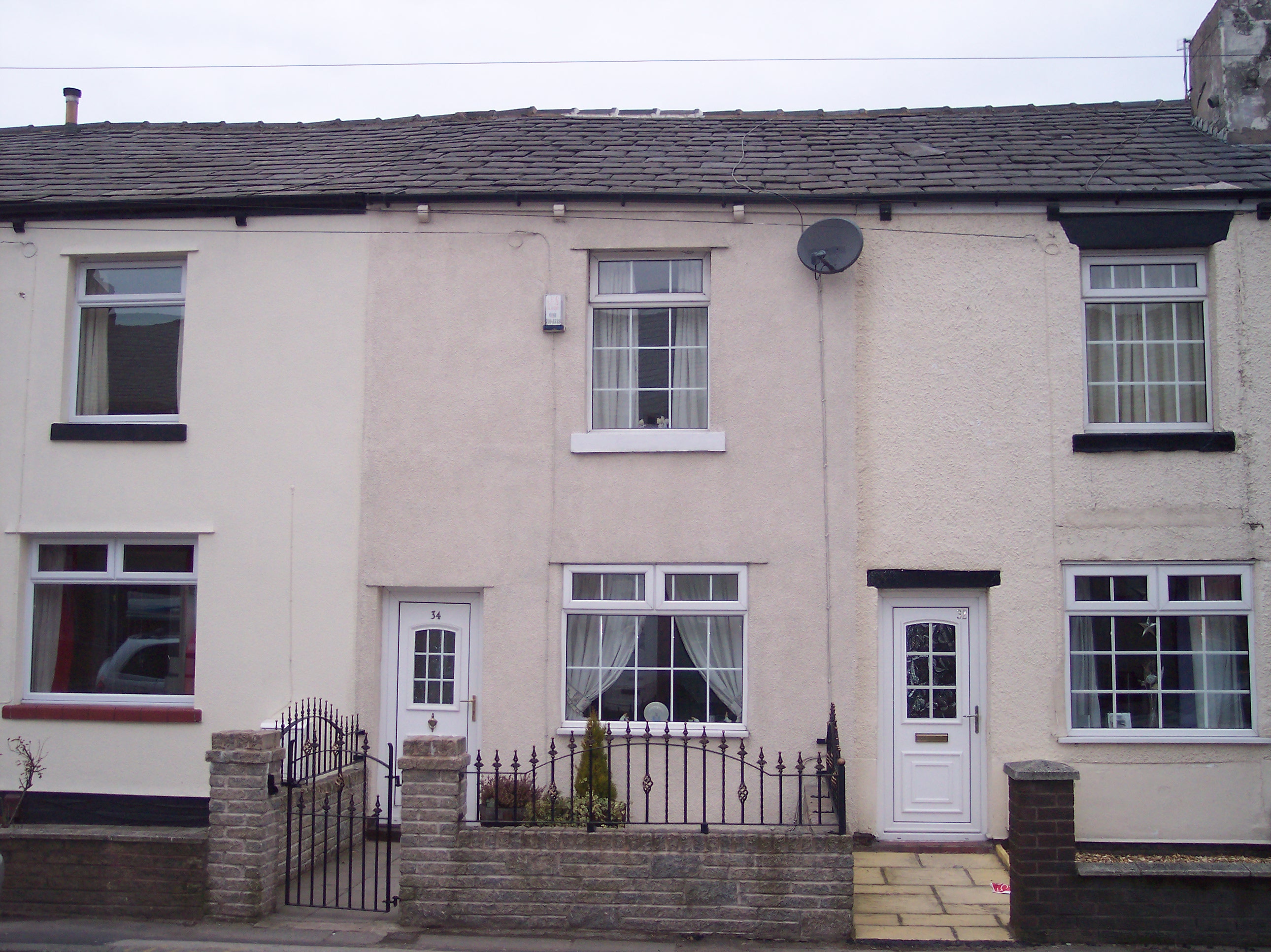
By the census of 1891 John was an experienced collier.


In 1893, John married Martha Marsh, who had also lived in Chew Moor.
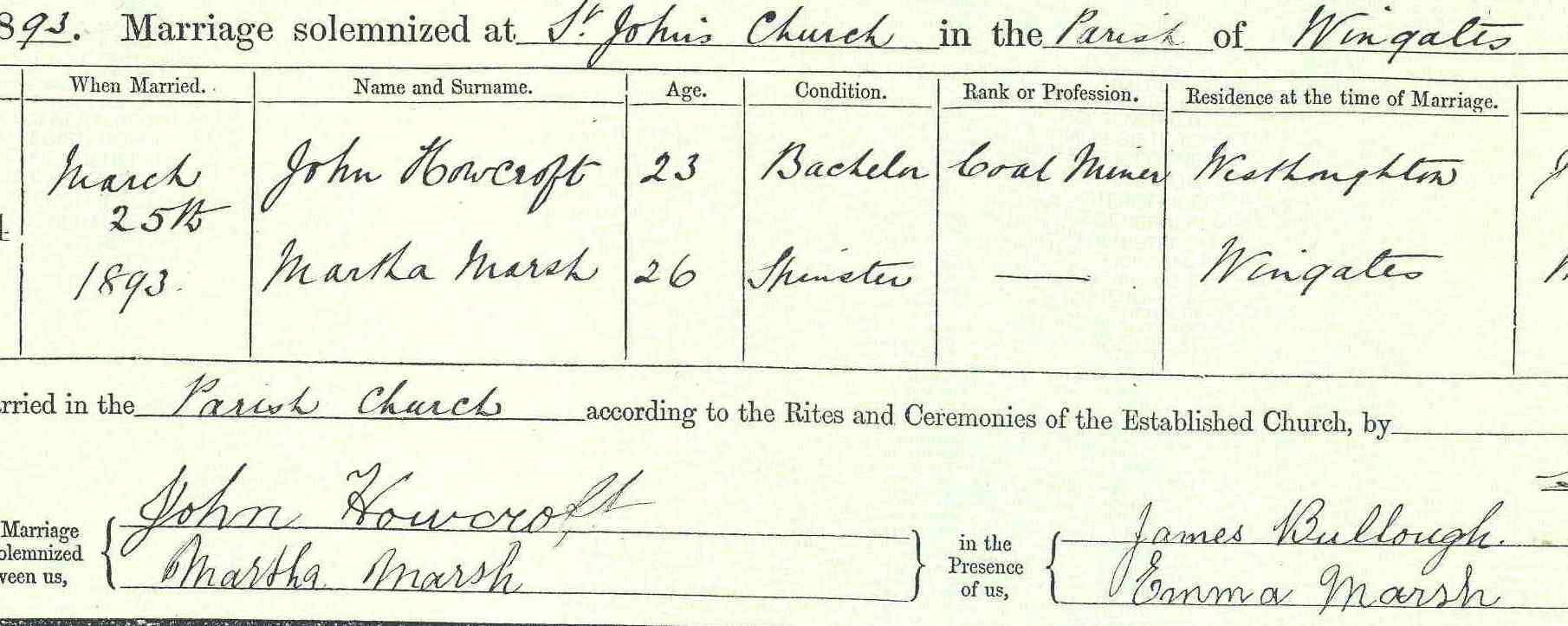
The reason for the "Registrar's Certificate" might become obvious when you see that the couple's first child, Lily, was born less than six months later.
John and Martha had a further three children born in Chew Moor, but by 1900 had moved to the Wingates area of Westhoughton, into a larger house to accommodate their growing family.
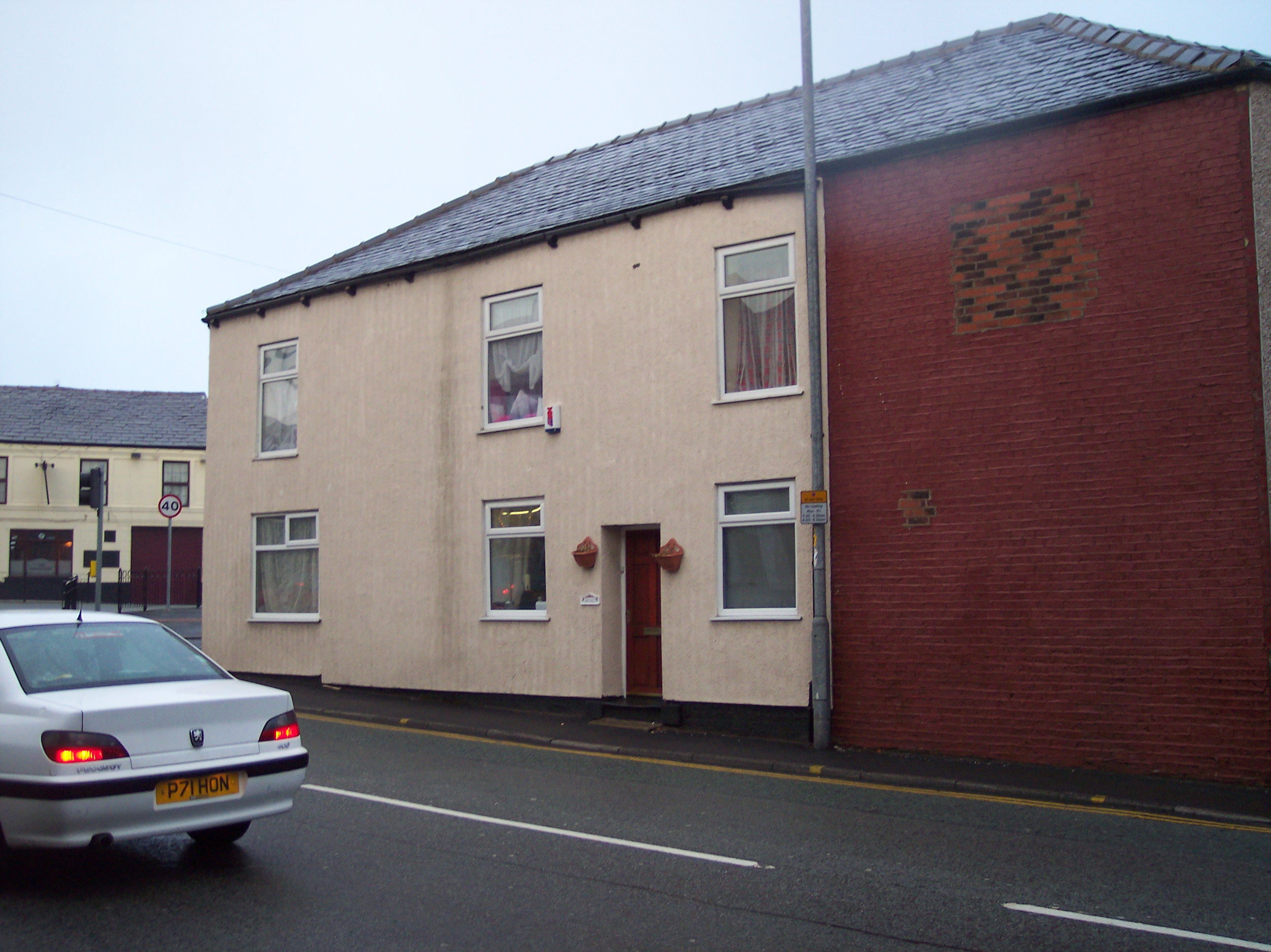
Here they are in 1901:

Hilda, born 29th April 1900, was my grandmother.
The family continued to grow, and moved to the Daubhill area of Bolton.
The family continued to grow, I found them living in smaller houses. There had been a major slump in trade following the end of the Boer wae, and this may well be the reason. They were at Prescott Street, Daubhill in 1902. Thurnham Street, Daubhill was their home in 1908, when John's wife Martha died, of a strangulated femoral hernia, a complaint that even now might go undiagnosed.
John was left with eight children, the eldest nearly 15, the youngest 15 months. He did what most men in his position did before the introduction of the Welfare State - he looked around for another wife. He needed to go out and earn money to provide for his large family. In 1910, he married Abigail Mann.
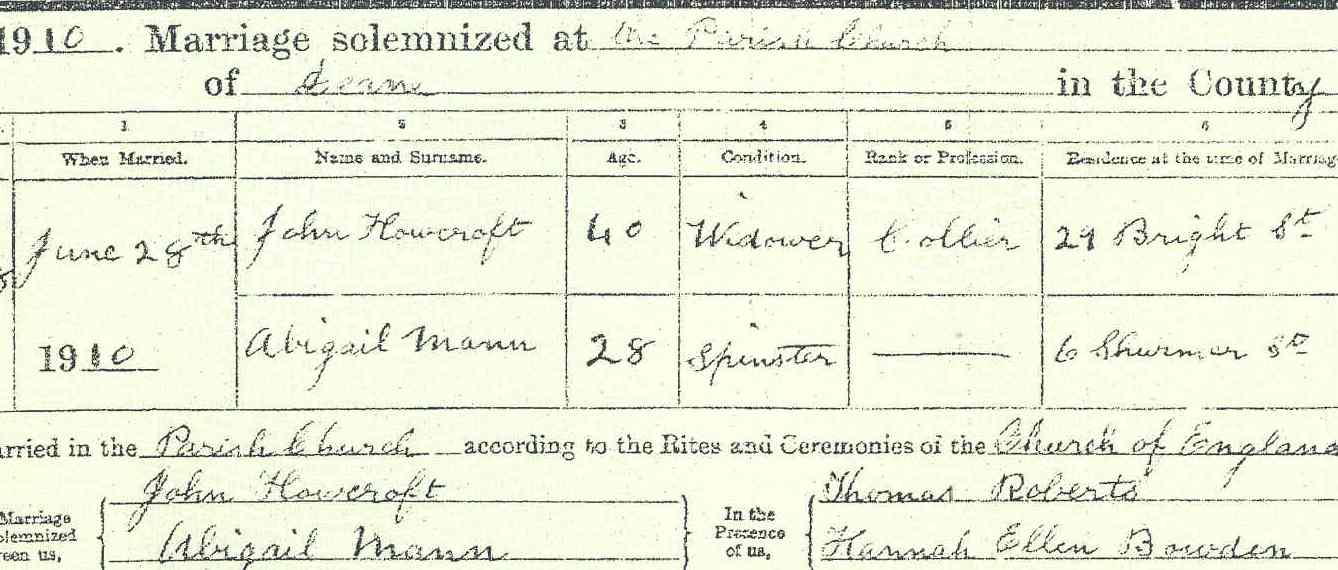
Of course there were some who didn't take to Abigail. She was much younger than John, for a start, but there was something else - she had a four-year old illegitimate son.
The story in the family is that as Abigail entered the home, the eldest two girls, Lily and Hannah, walked out, vowing never to return. Illegitimacy was seen by them as shameful, but it's possible that John may have known that his own mother was born outside of wedlock.
Here John's family at the 1911 census. Note that Lily and Hannah are not there. The census has them boarding a few doors away in Bright Street.
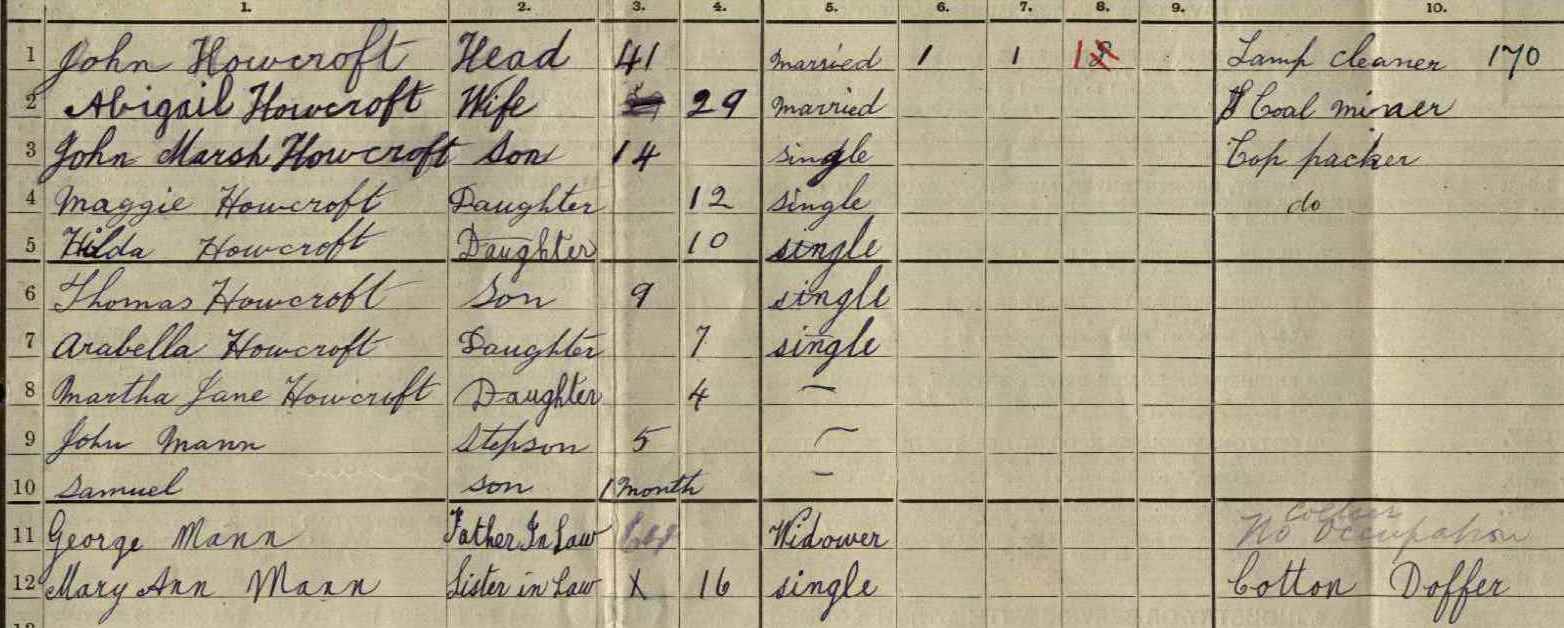
John was no longer working underground. Everyone who was below the surface would have a safety lamp to take with them. The lamp would be serviced after each shift and refilled with oil. It would be lit on the surface, then locked so that there was no chance of it causing an explosion. John would have been dealing with hundred of lamps.
Abigail must have faced a daunting prospect, moving into a house with so many children to look after. However, the remaining siblings liked her, and they were joined, not just by Abigail's son, but a further five children before 1920. All but one of John's 13 children made it to adulthood.
My mum remembers asking what his favourite song was. "When You Were Sweet Sixteen" is a ballad written by a Liverpool-born Irish American at the turn of the century which is still in the repertoire of many, and my mum still comments when she hears it.
In early 1938 John died, aged 67.
|


















